
So much of golf’s appeal lies in its traditions and its history. However, it’s also essential that golf culture continues to evolve, breathing new life into an enduring pass time.
Over the past few years, recreational golf culture has flourished, particularly in how it’s come to reflect broader cultural shifts towards technology, inclusivity and sustainability.
Regardless of whether you run a public, private or semi-private golf facility, adapting your operations to golf’s evolving trends, values and standards is crucial in order to attract a diverse, modern audience of golfers and stay competitive in a surging marketplace. Let’s look at how courses can make that happen.
- Golf’s Changing Culture of Participation
- Breaking With the Past: How Golf’s Personality is Evolving
- Golf, Technology and the Evolving Customer Experience
- Golf and Sustainability
1. Golf’s Changing Culture of Participation in 2025
In the past 30 years, there have been two unprecedented increases in golf participation: the emergence of Tiger Woods and the COVID-19 pandemic.
The first saw the rise of a global superstar who made golf younger, cooler and more dynamic. The second saw millions of people searching for a safe, social, outdoor activity during lockdowns.
While different, these watershed moments put a similar challenge out to the golf industry: how to sustain these spikes in popularity and change the culture of golf by making the game more open, accessible and appealing to newcomers?
Broadly speaking, the industry has responded well to this challenge in the years since the pandemic. According to the National Golf Foundation’s 2025 Graffis Report:
- 2024 saw US on-course golf participation rise for the seventh straight year; the YoY gain of 1.5M golfers was the largest since 2000
- Golf’s total 2024 reach in the United States (Americans aged 6+ who read, watched, played and/or followed golf) increased 12% from 2023 and is up 45% in the last decade
- On-course participation in the United States in 2024 rose 6% over a record-setting 2023
- Total rounds played in 2024 reached 545 million in the United States, up 22% from 2019
- There were more on-course youth golfers (18 and under) in 2023 than any year since 2006
- The number of young adults (18-34) playing golf in the USA grew for the sixth consecutive year in 2024
- 18-34 year olds represent 1/4 of all on-course golfers in 2024, the largest of any age cohort
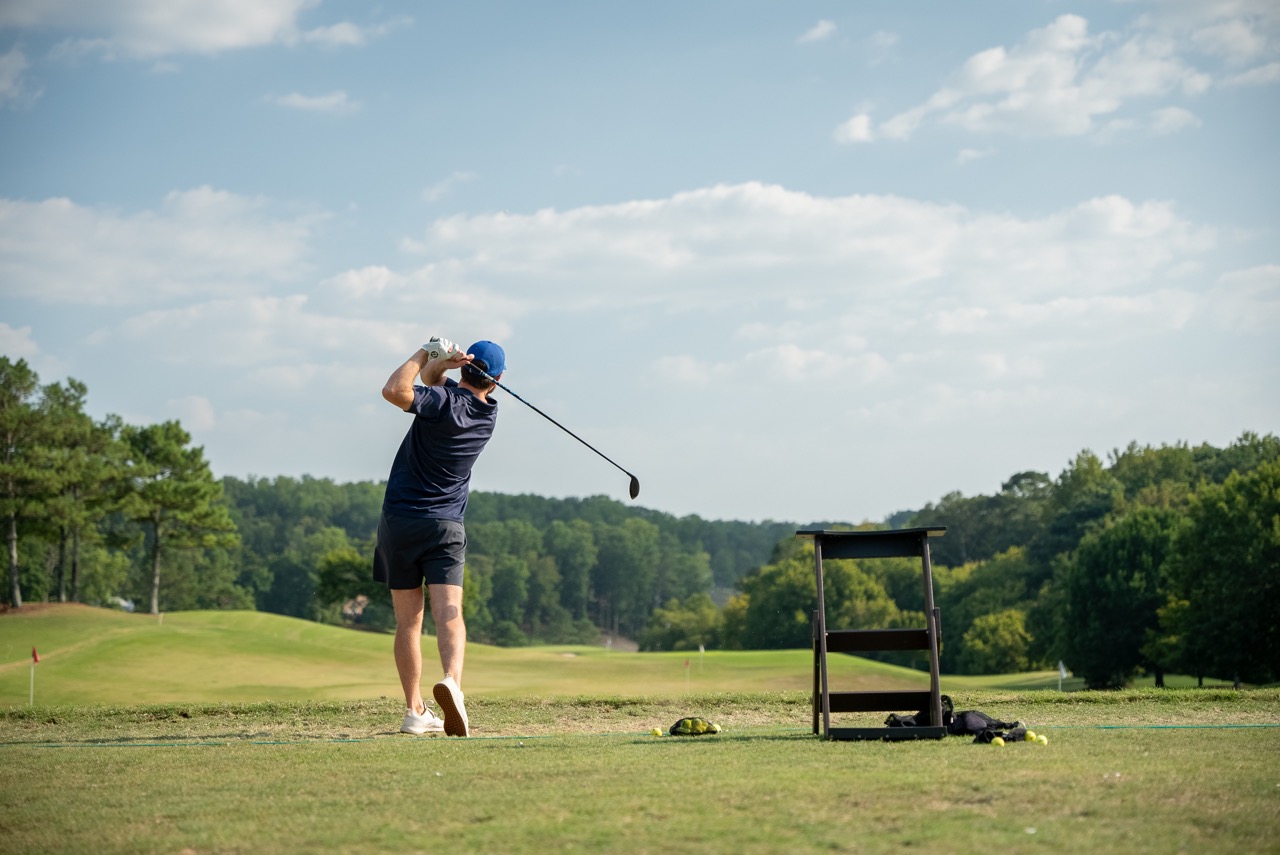
Diversity, equity and inclusion in golf
This broad increase in participation is encouraging, but is it a definitive sign of changing golf culture? Given the game’s troubling history with elitism and exclusivity on the grounds of gender, race and ethnicity, a truer mark of progress is how well the industry has created better avenues to the game for underrepresented demographics.
Based on this standard, golf culture is in a healthier place in 2025.
- According to the NGF, the amount of women playing on-course golf in the US has risen 41% since 2019, with YoY growth hitting 13% in 2024
- A recent study by the R&A found that women accounted for 20% of all golfers in the UK and Ireland in 2022, up from 15% in 2019
The same narrative holds true for racial and ethnic representation in the modern game:
- The NGF reports that 6.9 million people of color participated in golf in 2024, up 13% YoY and 44% from 2019
- People of color represent 25% of green-grass golfers, a new high for participation
On-Course vs. Off-Course: Golf is no longer just a green-grass sport
Just as there has been a major shift in who is participating in golf, how people are participating has also changed dramatically.
The popularity of off-course golf activities such as simulator golf, driving ranges, miniature golf, adventure golf and golf entertainment venues has skyrocketed in recent years and is a major contributor to changes in golf culture and the overall participation boom.
- According to the NGF Graffis Report, participation in off-course golf activities has more than doubled since 2014
- Off-course golf participation in the USA hit 36.2 million people in 2024, up 55% from 2019 and up 10% from 2023
According to a Lightspeed consumer survey of more than 300 North American golfers, 64.8% said that the availability of a driving range, practice area and/or golf simulator bay was important to their decision on where to play golf.1
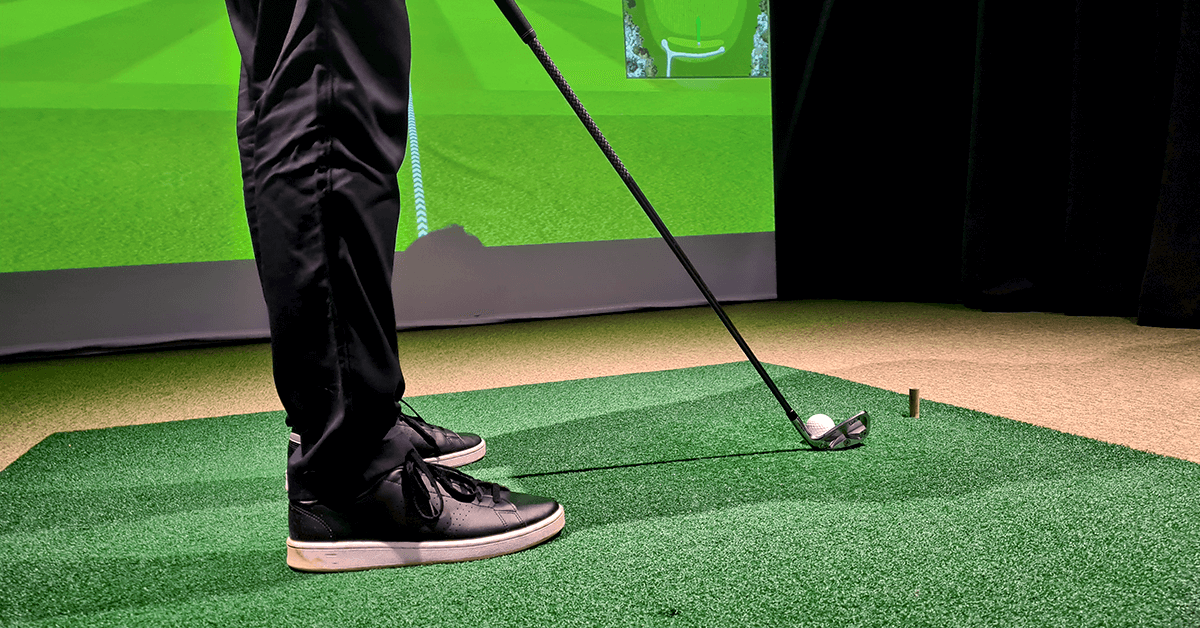
Which off-course golf activities do golfers most like to spend time doing?1
- Driving range
- Golf entertainment venues (Drive Shack, TopGolf)
- Simulator bay
- Private golf lesson with instructor
- Semi-private group golf lesson with instruction
More than a passing trend, the popularity of off-course golf is an unsurprising by-product of the new culture of golf and growing participation numbers.
Time, cost and commitment level
Off-course golf is a perfect option for those looking to try golf without having to commit hours to a full round or to the rising costs associated with the on-course game.
It’s simpler, less formal and less intimidating
Green grass golf can often feel like a complicated sport with a multitude of written and unwritten rules. Off-course golf allows newcomers to try the game in a fun, informal, laid-back environment and get used to the basic fundamentals.
If these experiences are positive from the outset, new golfers are much more likely to keep coming back to develop a relationship with the game.
- According to the NGF, Topgolf’s laid-back, non-intimidating atmosphere led 75% of golf newcomers to indicate the experience helped them realize they could be comfortable at a golf course.
- New golfers who have tried off-course golf are 5-6x more likely to try green grass golf
LEARN MORE ABOUT OFF-COURSE GOLF HERE
How can courses respond to golf’s changing demographics?
What do these broad participation trends and demographic shifts mean for golf course owners and operators?
These aren’t glaring changes easily addressed with quick operational adjustments. Instead, they require in-depth analysis, strategic investment and a total commitment to delighting each and every customer that comes to your facility.
Here are just a few ways golf managers can adapt to the new culture of golf participation and turn their facilities into communal places where golfers from all walks of life want to come and experience the game.
Cater to junior golfers and encourage their participation
There is no better time to get golfers of all genders, backgrounds and ethnicities hooked on the game than as juniors. It’s key to cater to this demographic and give them a social, instructive, welcoming place to play.
- Speak to your head professional about running a junior golf camp incorporating your driving, chipping area, putting area and golf course.
- Offer discounted junior rates and special promotions geared toward after-school golf, and golf during the summer holidays to give kids a viable option to play golf. This is easy with a golf course point of sale with intuitive, flexible tee time pricing capabilities
- Get involved with organizations like The First Tee, She Plays Golf and Make Golf Your Thing to make your course a hub for grassroots golf development
- Start and/or support a secondhand equipment drive to help make golf more affordable for juniors
Make your facility beginner-friendly
It’s one thing to host golfers for the first time, it’s quite another to deliver an experience that will make them want to come back. Try these tactics to make newcomers feel welcome and to set them up to succeed.
- Make golfers aware of which tee boxes suit their skill level. Not only will this make for an easier day, it will also improve pace of play. Certain tee sheets makes it possible to communicate this type of information directly to golfers via email and SMS
- Marshals should be friendly, engaging and educational. From reminders on locals rules and course strategy to pace of play, they can be a valuable resource to newcomers
- Ensure your course is signed properly so people always know where to go. Don’t assume everyone has the same general knowledge about how golf courses are laid out
- Sometimes, all it takes to get people back out to try golf again is a great day outside with great food and beverages. From on-course services to post-round patios, providing great golf course hospitality services is an excellent way to drive repeat customers
- Set up and advertise group lessons for newcomers with golf course marketing and golf course website services to ensure customers know your facility is a place both to learn and play the game

League play, tournaments and social events
League play and social golf events can be efficient revenue-drivers and an excellent way to make your facility into a community hub for diehards, newcomers and a variety of demographic groups.
Social events are only viable if they are run properly and don’t overburden you and your staff. Switch to golf course management software that makes it easy to set up and promote social events, as well as track things like sign-ups, bookings, attendees and revenue.
The same goes with golf tournaments and league play. It’s best to use tee sheet and golf tournament management software that makes setup and administration intuitive.
From standard, crossover and shotgun starts to F&B, online booking, prizes, coupons, vouchers and more, let your services shine by simplifying operations for your staff.
2. Breaking With the Past: How Golf’s Personality is Evolving
The image of golf as stuffy and reserved is one that no longer applies to the vast majority of the professional and recreational game played globally.
From the wide range of eclectic on-course styles and bold brands to the dynamic new cast of golf influencers, tastemakers and personalities, there has never been more nuance or intrigue to the way golf has looked, felt and sounded.
The spirit of the game should always be built upon sportsmanship, accountability, discipline and respect. As long as that stays the same, how golfers choose to express themselves only adds to the new exciting golf culture.
Here are some key examples of how golfers are interacting differently with the game, and how its personality is changing as a result.
Music on the golf course
A byproduct of Bluetooth technology, playing music on the golf course has become a staple of golf culture at courses across North America. It’s not everyone’s cup of tea, but it’s just the thing to help other golfers create the right atmosphere and enhance their experience out on the course.
Allowing golfers to play music is certainly not going to go down well with every club and course, but there’s no reason why you can’t implement it in a way that keeps everyone happy.
- Adding Bluetooth audio directly to your fleet of golf carts is an investment, but it’s an immediate crowd pleaser. It also gives you far more awareness and control over volume levels and other settings
- Encourage your starter to notify guests that playing music is perfectly acceptable, but to keep the volume at a reasonable and respectable level
- Setting up speakers by the driving range is another way to create a welcoming, relaxed atmosphere. It also signals to guests that playing music is acceptable at the facility and could help them embrace it
Remember: The clearer you outline rules and regulations, the more likely guests are to follow them.
Changing golf apparel styles and relaxed dress codes
Golf culture’s changing view of on-course style reveals a dramatic shift in golfers’ attitudes, preferences and self expression out on the golf course.
Where pleated pants, loose collared shirts and traditional golf shoes dominated the 2000s, new styles have taken over. From athleisure, tapered joggers and sporty golf shoes to vintage looks, bucket hats and tee shirts, golf style has been thrown into a blender.
There are two main considerations for golf course operators and head professionals when it comes golf styles and apparel:
- Creating a dress code that that caters to everyone and satisfies members, ownership, etc
- Developing a pro shop apparel merchandising strategy that resonates with modern golfers
Relaxing the dress code
Expressive, unorthodox, nostalgic, performance-driven, comfort-forward—on-course style in the 2020s is an exciting mix that offers something for everyone. Given the wide range of tastes on display, relaxing strict rules on dress code is a quick win for golf courses.
From hoodies and tapered sweats to tight-fitting trousers, collarless polos and whatever Jason Day is wearing these days, it’s time for courses to loosen their policies on what’s acceptable for the course. After all, golf is in a much better place when there is a little more room for self expression.
Turn golf’s changing style to your advantage in the pro shop
Head pros and pro shop managers should pay attention to prevailing on-course styles, popular brands and modern fits to ensure they are merchandising properly and stocking apparel that golfers want to wear.
Using golf management software with strong sales and inventory reporting features is an excellent way to better understand what’s selling and what isn’t in your pro shop. And while this data should be the basis of your merchandising strategy, it’s not the only way to stay on the cutting edge in your retail space.

According to Lightspeed’s State of Retail Report, roughly two thirds of 18-34 year olds consult Tiktok and Instagram for product information and research. Head professionals and pro shop managers should use these social media platforms to understand which golf apparel and brands are resonating with audiences.
Finally, regularly attending golf industry events is the best way to stay on top of industry-specific trends, engage directly with new brands and craft your pro shop merchandising strategy.
The PGA Show | January 21 – January 24, 2025: The longest running and largest global gathering for the business of golf
The PGA Buying Summit | July 28-30, 2025: A chance for PGA of America Golf Professionals and golf buyers gather at the Home of the PGA of America to meet with curated brands showcasing the latest fashion, products, trends and innovations
Make your course a hub for more than just golf
In many cases, golf courses are dynamic facilities complete with bars, restaurants, patios and ample outdoor space. And while weddings and corporate events are common alternative use cases, there are more possibilities.
With the right mindset and execution, golf course operators can turn their facilities into welcoming social hubs for golfers and non-golfers alike. These ideas can help you open new revenue streams and build strong, lasting relationships with members of your community.
Ultimately, this focus on the communal, social aspect of the game reflects the broader shift towards inclusion and equity in golf culture.
- Trivia nights and bar games: Create a buzz and attract more customers by running trivia nights on off-peak nights during the week
- Summer outdoor movie nights: Make use of your ample outdoor space during summer evenings by setting up an outdoor projector and showing movies
- Major golf tournament watch parties: Golf’s four major championships and the Ryder Cup generate buzz, excitement and viewership among both diehard and casual golf fans. Tap into major championship excitement and create a fun, social space to take in these tournaments by hosting a watch party at your course
- Create an amazing dining experience: Create a restaurant experience that appeals to more than just golfers looking for a post-round meal
- Partner with local businesses: From beer and wine tasting events to food truck festivals, collaborate with businesses in your area to solidify your spot in the community and drive more awareness
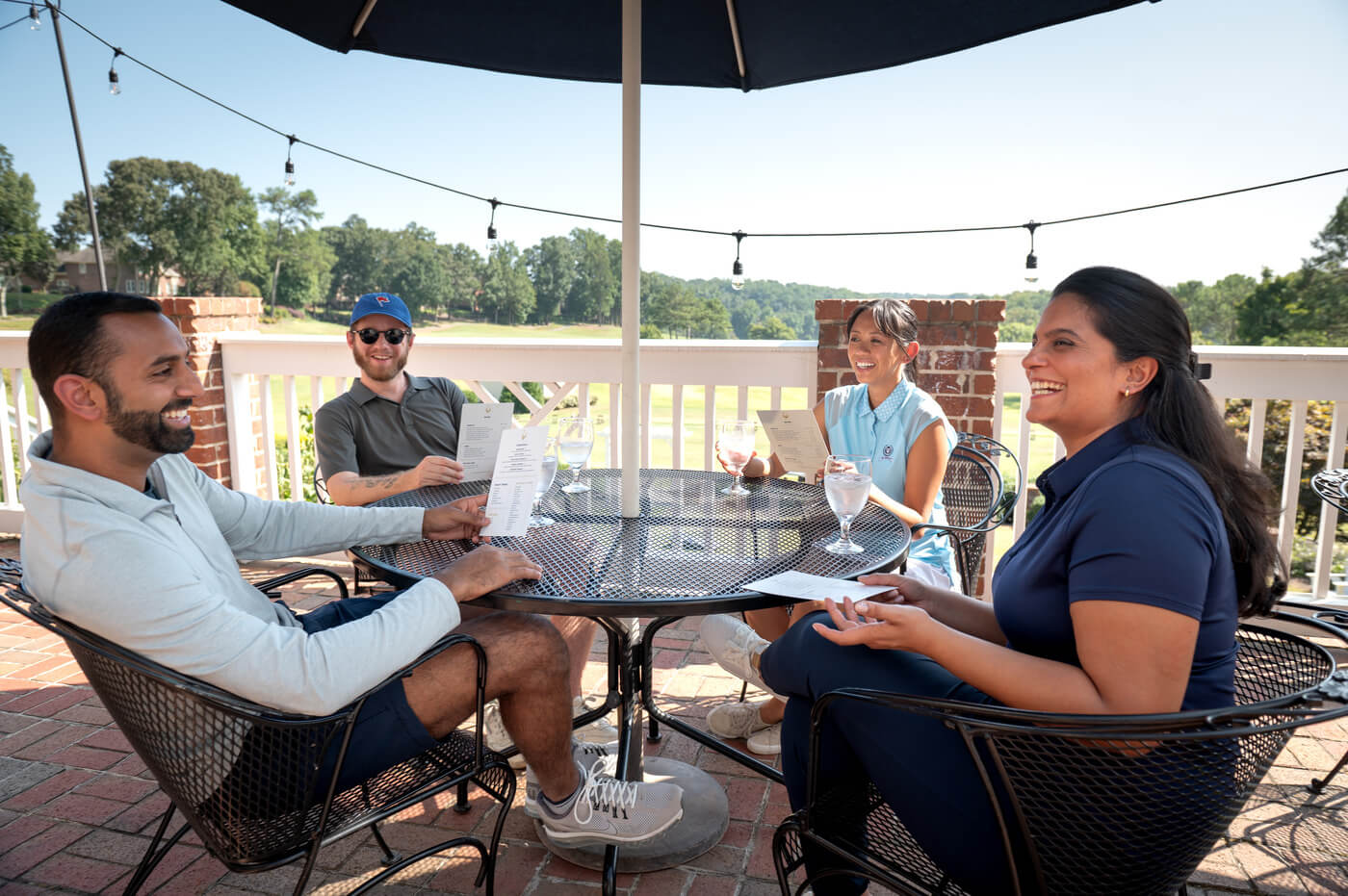
Create more flexibility in your membership offering
The structure of many golf course memberships is simple: either you’re a full-time member, a social member or you aren’t a member. While this structure works for private clubs, semi-private facilities have a real opportunity to explore alternative golf membership ideas to entice a new cohort of golfers.
- Subscription style memberships: Allow the purchase of a month-long membership that renews automatically like a gym pass
- Weekend memberships: Offering a weekend membership is a great way to appeal to professionals who don’t have time to come and play during the work week
- Intermediate memberships: Set different prices based on age brackets. Consider offering memberships at a reduced price for 21 to 29-year-olds, and 30 to 35-year-olds.
- Flex-pay memberships: Offer members the option to pay less in the offseason, and more in the high season
- Packaged memberships: Gives players the right to purchase several games which they can redeem throughout the season. Many golf courses use this strategy, but moving past the “ticket book” label, and branding it as a “packaged membership” increases perceived value
SEE MORE GOLF MEMBERSHIP IDEAS
3. Golf, Technology and the Evolving Customer Experience
Using golf course technology effectively has become crucial to engaging golfers and delivering an amazing customer experience on site. From your tee sheet, POS and online booking software to technology that enhances on and off course play, golf culture is increasingly defined by customer experiences enhanced by innovation, insights and artificial intelligence.
Online presence, personality and digital marketing
Golf courses that are serious about growth need to devote the necessary time and resources towards building a great online presence via golf course digital marketing. Website, social media, Google business listings, email marketing and beyond—these are key tactics that help courses build their brand personality and stand out in golf’s growing digital landscape.
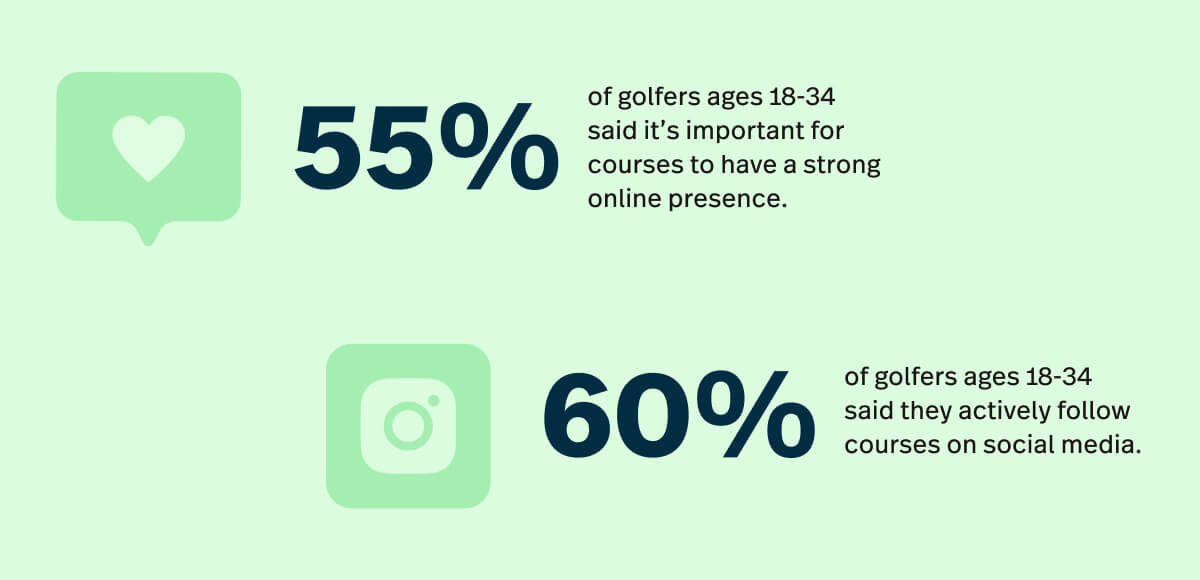
Golf facilities who can use digital marketing and social media effectively have a better shot at resonating with golfers (especially younger golfers) whose predominant experience of the game is online.
The meteoric rise of golf YouTube and social media
The growing popularity of golf YouTube personalities and social media accounts represents one of the most significant shifts in golf culture. Platforms like Youtube and Instagram have become the go-to platforms for golf fans looking for engaging and entertaining content.
Nearly half of 18-44 year old golfers (47%) consume at least two hours of golf-related content on platforms like YouTube and Instagram, with 12% watching more than 6 hours per week1
It’s not professional golfers who attract a majority of attention from younger golfers, but online personalities like Good Good, Garett Clark, Rick Shiels and No Laying Up.
With their focus on entertainment, instruction, travel vlogging and on-course competition, this cohort of online golf personalities are redefining how generations of golfers interact with the sport.
Golf course operators need to meet golfers where they are
Why should YouTube personalities matter to golf course operators? Because it’s a stark example of why golf facilities need to prioritize reaching and resonating with golfers via online channels.
32.1% of golfers ages 18-44 often discover new golf courses online; a further 9.2% always discover new courses online1
Golfers in the 18-34 age range have largely grown up with the internet and leverage digital marketing daily to discover brands, inform purchasing decisions, and book and pay for goods and services.
These golfers also represent your customer base of the future. Resonating with these valuable customers through timely, tailored digital marketing efforts is key to:
- Generate awareness
- Build their trust
- Win their business
- Become their favorite option over other courses in the area
IMPROVE YOUR GOLF COURSE’S ONLINE PRESENCE
New technology = better customer experiences
Recreational golf facilities are contending with how to improve customer experiences and stand out from the competition both at the course and online.
The new culture of golf course customer service is all about using technology to enrich golfer experiences, while also making them more efficient and streamlined.
Given that most golf facilities are complex businesses consisting of retail, golf and restaurant operations, the need for a versatile range of technology is high.
- 69% of golfers ages 18-44 said it was important for golf courses to offer fast, convenient food and beverage services out on the golf course
- 68% of golfers ages 18-44 said it was important for golf courses to offer personalized customer experiences1
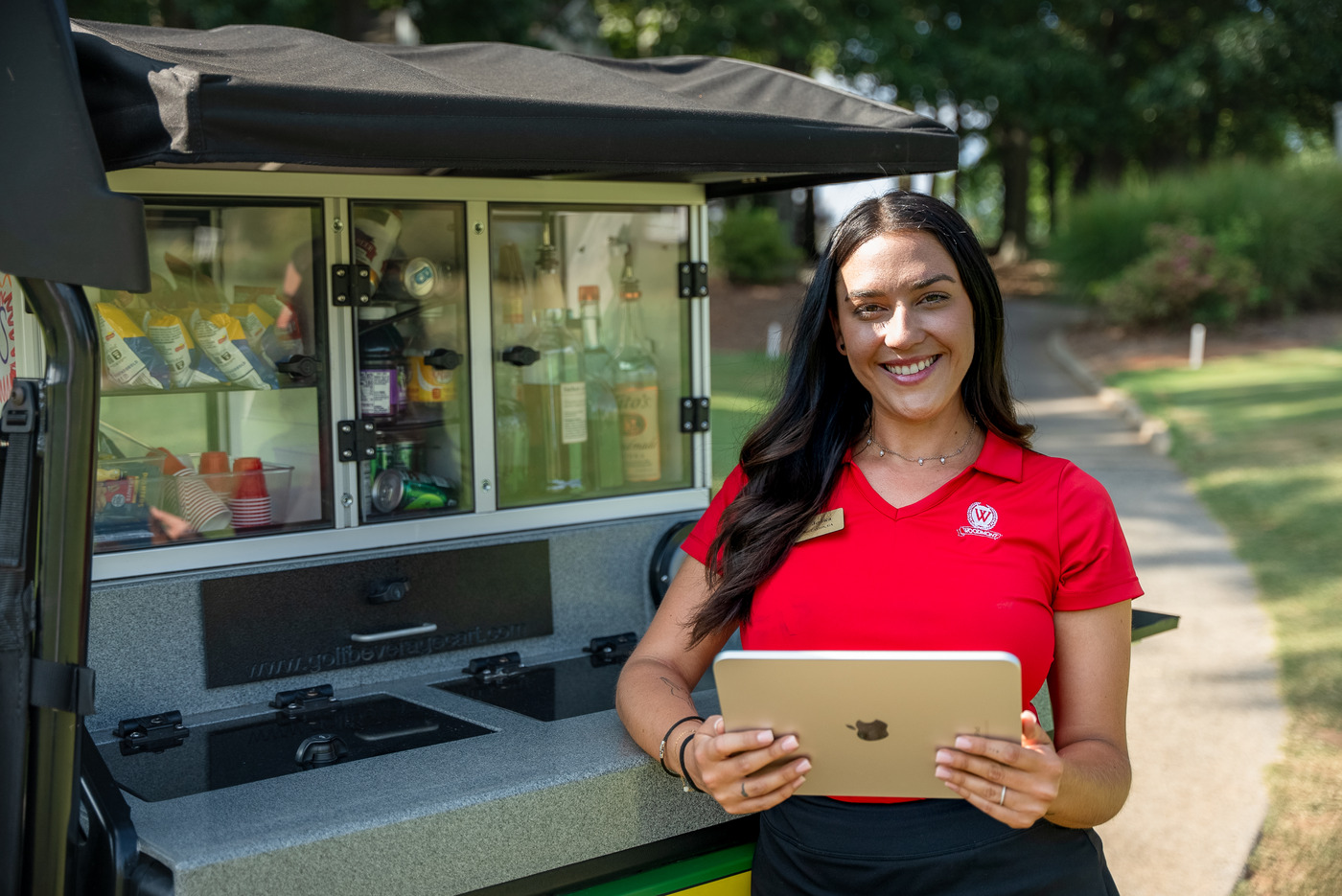
Online booking, shopping and F&B ordering
Purchasing goods, ordering food and booking services online has become second nature to younger generations of golfers and it’s important for golf facilities to rise and meet that demand. Here are some areas of focus where the right technology can help golf course operators and their teams delight golf’s new cohort of tech-savvy consumers.
A fast, responsive online booking module: Offering a viable option for online booking has become near-critical for revenue-focused golf facilities. Make sure your booking widget is front and center on your website and creates a seamless 24/7 booking experience for golfers
51% of golfers ages 18-44 often or always book rounds online.1
eCommerce: From game packs and memberships to gift cards and pro shop merchandise, it’s time to offer golfers more ways to purchase your products and services online.
Order ahead food and beverage services: Offering golfers the chance to purchase on-course food and beverage via their mobile devices is an excellent way to streamline the customer experience and improve pace of play.
Golf simulators and ball-tracking technology
Golf course operators can tap into the popularity of off-course golf activities by investing in and installing golf simulator swing bays at their facilities. This tech can also help you gamify your driving range and practice facility.
With more and more golfers interested in the performance data behind their ball speed, spin, launch angle and club head speed, adding technology like Foresight’s GC Quad or Trackman Range to your outdoor practice facility is an excellent way to create a premium customer experience.
4. Golf and Sustainability
A significant percentage of millennials and Gen Zs view tackling climate change as a core priority for the future. It’s not a surprise, as younger generations will be on the front lines as these issues persist.
Given that these younger generations also represent the golfers of the future, it’s essential that golf facilities commit themselves to sustainable golf course business practices.
From water sourcing, usage and management to forward-thinking sustainable design and eco-friendly retail and restaurant practices, golf courses play an important role in the continued viability of recreational golf.
ACCESS OUR GUIDE TO GOLF COURSE SUSTAINABILITY
Ready to embrace golf’s new culture?
Given golf’s growing popularity and dynamic cultural shifts, the future is bright for customer-centric courses who are continuously leveling up their operations and finding ways to simplify, scale and provide exceptional experiences for all golfers.
At Lightspeed, we’re committed to serving ambitious golf courses who want to succeed and thrive—now and in the future. Talk to one of our golf experts and discover why thousands of golf courses choose our platform to run and grow their businesses.
1. Lightspeed Survey Data: This information is derived from the results of a June 2024 Lightspeed-conducted survey of more than 300 North Americans, using third party survey vendor User Testing.

News you care about. Tips you can use.
Everything your business needs to grow, delivered straight to your inbox.



